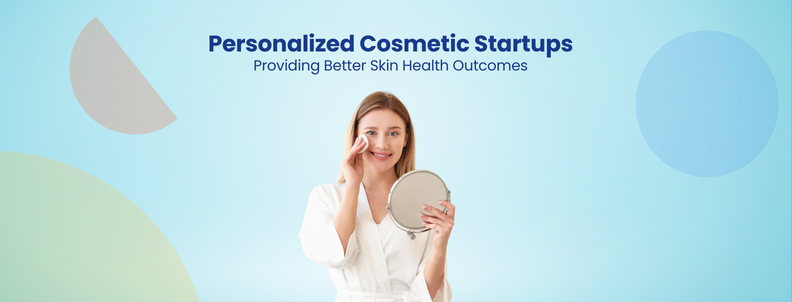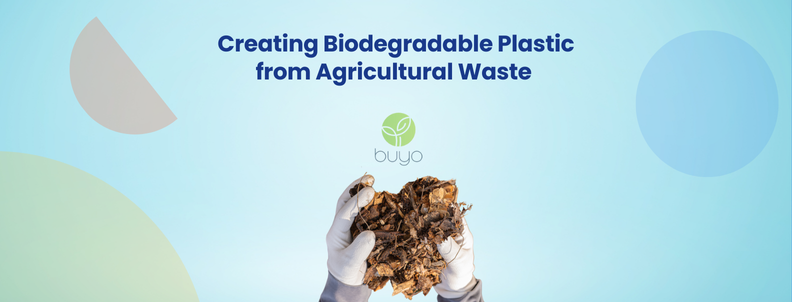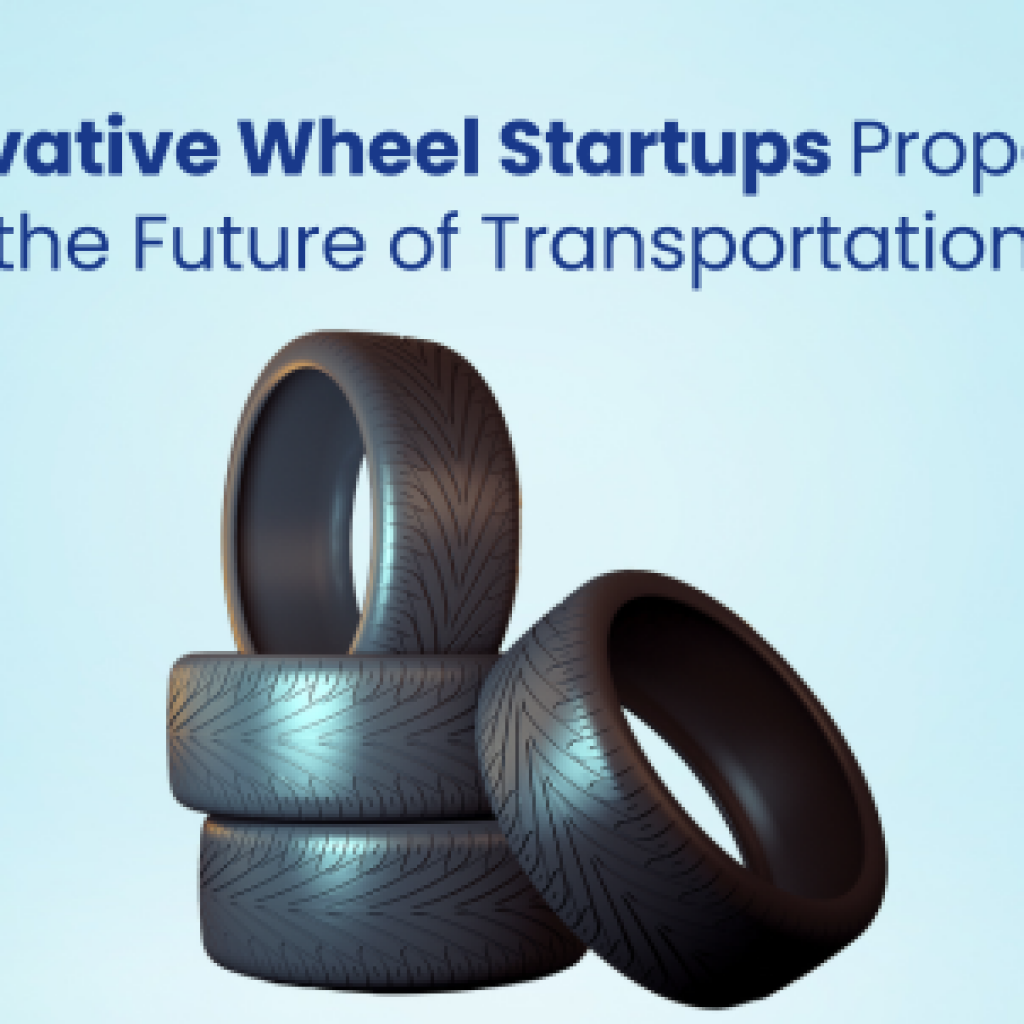Human brains have a tendency to react to problems in different ways. Whenever faced with one, our brain triggers either a Fright, Fight or Flight reaction, which means we either get immediately scared, try to fight it or try to run away as far as we can to escape facing the problem and the accompanied consequences.
And there’s nothing unnatural about it. It’s quite common.
But is it any Good?
No.
The bottom line is we ignore the problem. We feel that by ignoring the problem, the problem would go away. The reality is- The problem has nowhere to go.
In stark contrast, it does happen in few cases that our brain starts looking for solutions, to try and solve the problem. But most of us don’t choose the long yet lasting solution either. It’s the easy, quick fix method we adopt.
The reason behind being basic human psychology, where our first instinct, when faced with difficulty, is to take any action that eliminates the problem, the quicker, the better.
Solving the problem by its root seems like a long, sad story.
This behavioral trait could be noticed not just in average humans with average IQs, but in some really smart individuals too, Patent Managers being one among them.
I’m not kidding.
Based on my years of experience, I noticed one reason why most Patent managers act this way is because of their management style, which is driven by objectives.
They evaluate jobs in terms of results. When a problem gets their attention, they focus on what is ‘visible to the naked eye’, rather than focusing on what created the problem in the first place.
In other words, they tend to look at the symptoms instead of the root cause. They use this approach because they think it saves them time.
Save time or not, this practice has a detrimental effect from the strategy aspect. It is one of the main reasons why few companies, despite having a solid business strategy ends up having a very weak patent strategy. This weak patent strategy imparts its havoc on the business strategy of an organization, and can often be the reason behind tumbling of an organization to lower position in the market.
Good companies tumble, great companies don’t.
What Separates Great from Good?
After working with both Good(#2) and Great(#1) companies in various industries ranging from Automobile to Steel mining, semiconductor manufacturing to software, I found one thing pretty consistent- Good companies never know why great companies are great. They do not know what they should do that can make them great as well.
Albert Einstein, a great persona, revealed the secret in these few words:
“The formulation of the problem is often more essential than its solution, which may be merely a matter of mathematical or experimental skill.”
What makes a company great or #1 in an industry, despite their size or numbers, is a clear understanding of what could be done to topple the current #1 player.
What an organization essentially needs is a self-funding method, using a scalable approach to a solution, so that even if you start small, you can grow over time by strengthening it, solving the problem as you go. It does not necessarily have to be a one-shot fix.
Here is an example of reframing problems to get the point home.
Imagine this scenario: You are the owner of a building where you have received several complaints from the tenants about the elevator being very slow.
The problem we all will see here is that ‘the lift is slow’ and the solution that is asked for is that ‘the lift should be faster’.
If we focus on this solution, the possible ideas that you can come up with are:
- Repair the motor
- Install a new lift altogether
Now let us look at this problem from the viewpoint of a great (#1) player.
The symptom presented is that the lift is too slow.
However, the underlying problem is that when people say the lift is too slow, what they mean is that they find the waiting time annoying.
Ideally, the solution that you should be looking for is to keep people from getting annoyed while they wait. In other words, make the waiting period appear shorter.
In order to achieve that, you can give the tenants something else to obsess with to keep them occupied; something that takes their mind off the waiting time.
One solution would be to – Install a mirror next to the lift. It will effectively reduce complaints, because now instead of focusing on the fact that the lift hasn’t arrived, the tenants are busy looking at themselves and have lost track of time.
What you essentially did over here is – you reframed the problem. That is the most essential step in solving a problem.
Once you identify the real problem, you can come up with a more elegant solution, which is also cost effective. That’s what I observed in the companies that are leading in their industries.
Conclusion
Based on my personal experience, I have observed that cause of the problem is always somewhere else.
Until we know what is causing the problem, solving it is always a temporary fix because till the root cause exists, the problem is bound to reappear. Sometimes just highlighting the instances where the problem did not occur and figuring what was different about that scenario can help us lead to the right cause.
Einstein proposed the methodology to become great in these few words – ‘If I had an hour to solve a problem I’d spend 55 minutes thinking about the problem and 5 minutes thinking about solutions.’
Effective remediation of a problem lies in focusing on the root cause of the problem rather than jumping into problem solver mode.
If you have a problem, let’s take a walk and try to reframe the problem at hand and see if we can together find a solution for it.
Authored by: Deepak Syal, Director, Operations.
Relevant Read: Failure is an inevitable part of our lives. We have all failed someplace at some point in our lives. The important part is even after failing, does one rise again and try to conquer their Everest or give up altogether. Persistence is in the DNA of our organization and giving up is never an option. Don’t believe me?
This post will change your views.










